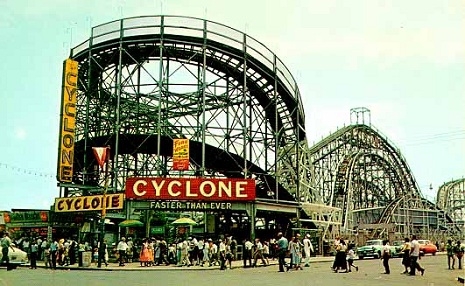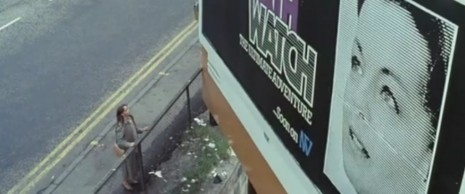
If this is how I go, then this is how I go…
Why did I have to learn about www.rideaccidents.com? As a seasoned roller-coaster and water park aficionado, I like to turn off the part of my brain screaming for self-preservation and enjoy the ride. Unfortunately, what I’ve always subconsciously known can no longer be denied: those things are hastily assembled deathtraps. But why would someone dedicate time to maintaining this sort of site? The description doesn’t allude to a personal experience of the owner, Jared Costanza, just a cryptic mission statement:
this site is intended to serve as a resource that helps identify circumstances that have either caused or contributed to accidents so that similar circumstances may be avoided. To all visitors, the information at this site is openly reported with the purpose of bringing awareness to the risks associated with amusement rides—an awareness that will translate into a safety-conscious respect for rides and a greater willingness to follow instructions, procedures and warnings.
What? I mean, sometimes the injuries/deaths are the result of improper safety procedures (seriously, don’t stand up when they tell you not to), but sometimes the water slide just splits in two and some one falls to a gruesome death in front of a bunch of families on vacation! That’s… life. The best/worst part of the site is the search feature, which allows visitors to look up the history of all their favorite rides and muse about all the times they cheated death for two minutes of cheap thrills.
Regardless, I won’t be eschewing the Cyclone anytime soon, even though I now know it to be a venerable murder-machine. When my time comes, I’d like my loved ones to be able to say I died how I lived—ignoring all common sense.






